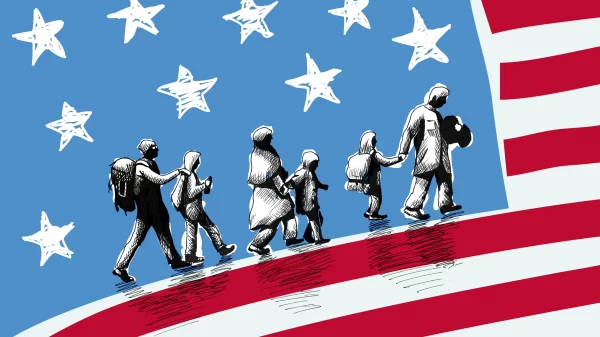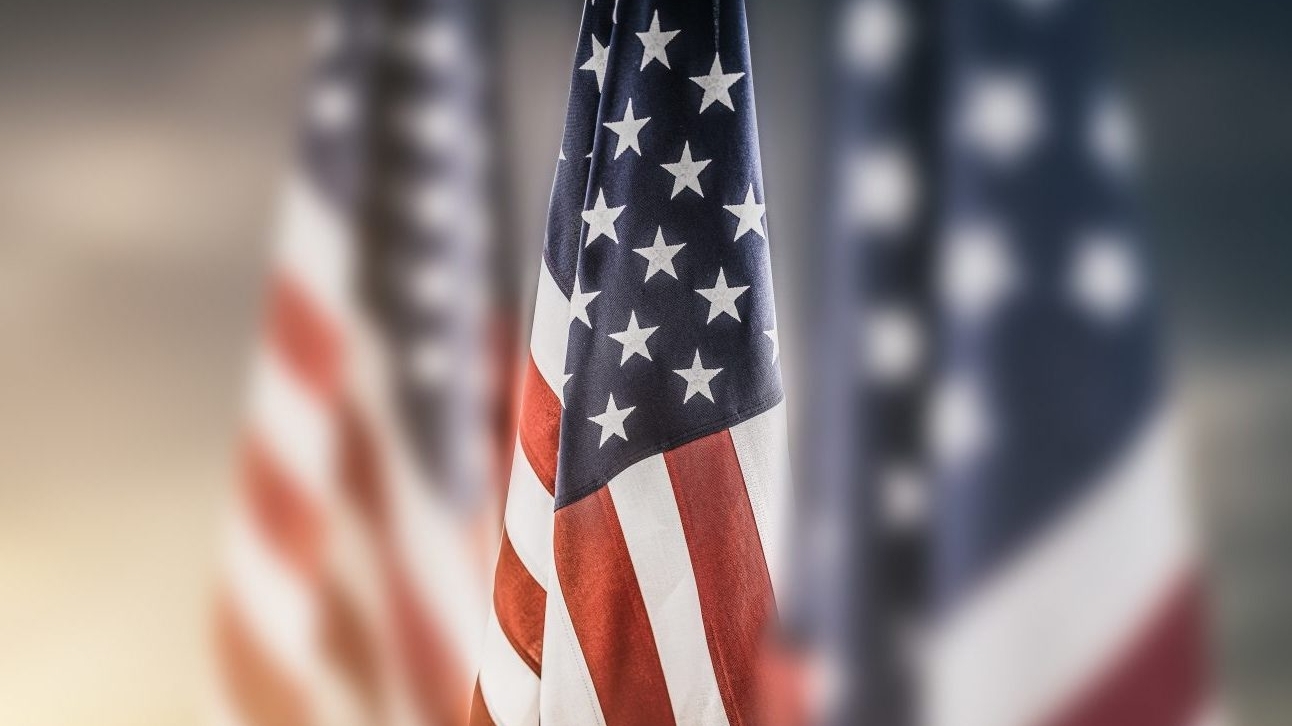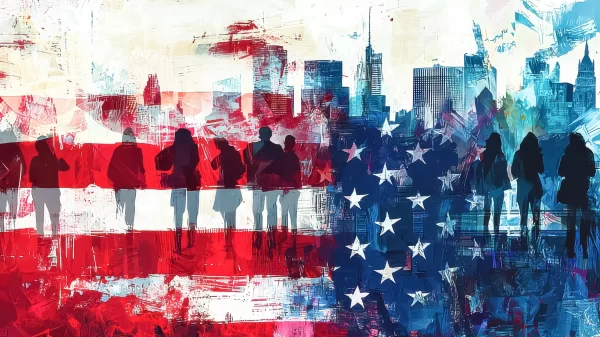On this day in 1777 the Continental Congress passed a resolution stating that “the flag of the United States be thirteen alternate stripes red and white” and that “the Union be thirteen stars, white in a blue field, representing a new Constellation.” This national flag, which became known as the “Stars and Stripes,” and was based on the “Grand Union” flag, which was carried by the Continental Army in 1776 that also consisted of 13 red and white stripes. That flag was reportedly designed by Philadelphia seamstress Betsy Ross at the request of General George Washington.
Following the victory in the Revolutionary War as new states were added more stripes and stars were also to represent new states in the Union. In 1818, however, Congress enacted a law stipulating that the 13 original stripes be restored and that only stars be added to represent the new states.
Flag Day was instituted on June 14, 1877, when the nation celebrated the 100th anniversary of the adoption of the Stars and Stripes. As instructed by Congress, the U.S. flag was flown from all public buildings across the country. A number of states continued to observe flag day after that 100th anniversary celebration. In 1949 Congress officially designated June 14 as Flag Day, a national day of observance.
Flag Day is a federal observance NOT a federal or state holiday so banks, schools, post offices, and government buildings will be open.
June 14 is also the day that President Dwight D. Eisenhower (R) signed legislation adding the words “under God” to the American Pledge of Allegiance.
State Auditor Jim Zeigler (R) said, “I commemorate Flag Day each June 14 with flags and red-white-and-blue items at our home, the people’s office, my car, and even my clothes. Often, people will remark: “You’re getting ready for Independence Day mighty early.” (Or some other comment that lets me know do not realize it is Flag Day. June 14).”
“I call Flag Day “the almost-forgotten day,” Zeigler said. “It is not a federal holiday like Memorial Day (last Monday in May) or Independence Day, July 4. But it comes almost mid-way between them. It is easy to forget Flag Day since it is not a state or federal holiday.”
“In the midst of a revolution, less than a year after declaring our independence, the Congress consecrated what would become an enduring emblem of American unity by adopting a national flag on June 14, 1777,” President Joseph R. Biden Jr. said in a statement. “In the 244 years since, the United States has grown and changed across the generations — and our flag has changed in turn. The blue field of stars has been enlarged as our Union has gained in size and strength. The 13 stripes, symbolizing the 13 original States, have held as constant as the bedrock values upon which our Nation was first conceived — the very same values we still cherish, and still reach for, today.”
“Since adoption of the Stars and Stripes, Americans — and people around the world — have continuously looked to our flag as a symbol of unity and liberty,” Biden continued. “Our flag has sailed around the globe, and journeyed to the Moon and, now, to Mars. It has flown on fields of battle, and marks the resting places of those who have given what President Lincoln called “the last full measure of devotion” for our country. Its prominence at civic landmarks and seats of public authority communicates the promise of democracy — that under this flag, the rule of law is supreme and the people reign. As we continue the sacred work of building a more perfect Union together, let our flag serve as a reminder to us, and to the world, that America stands for and strives for the promise of freedom, justice, and equality for all.”
“To commemorate the adoption of our flag, the Congress, by joint resolution approved August 3, 1949, as amended (63 Stat. 492), designated June 14 of each year as “Flag Day” and requested that the President issue an annual proclamation calling for its observance and for the display of the flag of the United States on all Federal Government buildings,” Biden explained. “The Congress also requested, by joint resolution approved June 9, 1966, as amended (80 Stat. 194), that the President issue annually a proclamation designating the week in which June 14 occurs as “National Flag Week” and calling upon all citizens of the United States to display the flag during that week.”
“Red represents valor and strength, white represents purity and innocence, and blue represents perseverance and justice,” Zeigler explained. “The Flag Code, part of the U.S. Code, contains specific instructions on how the flag is to be used and displayed and how it is to be destroyed by burning in a dignified manner.”
“On Flag Day 2021, let us display our flag with gratitude for our country and the price that has been paid for our freedom, as well as with a resolve to remain “one nation under God, indivisible, with liberty and justice for all,” Zeigler concluded.













































